Big cats are among the most majestic and fascinating creatures on our planet. These apex predators play crucial roles in maintaining the balance of their ecosystems. However, due to environmental changes, including habitat loss, climate change, and human encroachment, big cats are forced to adapt in order to survive. In this article, we will explore nine ways these remarkable animals adjust, showcasing their resilience and survival tactics.
Behavioral Adaptations
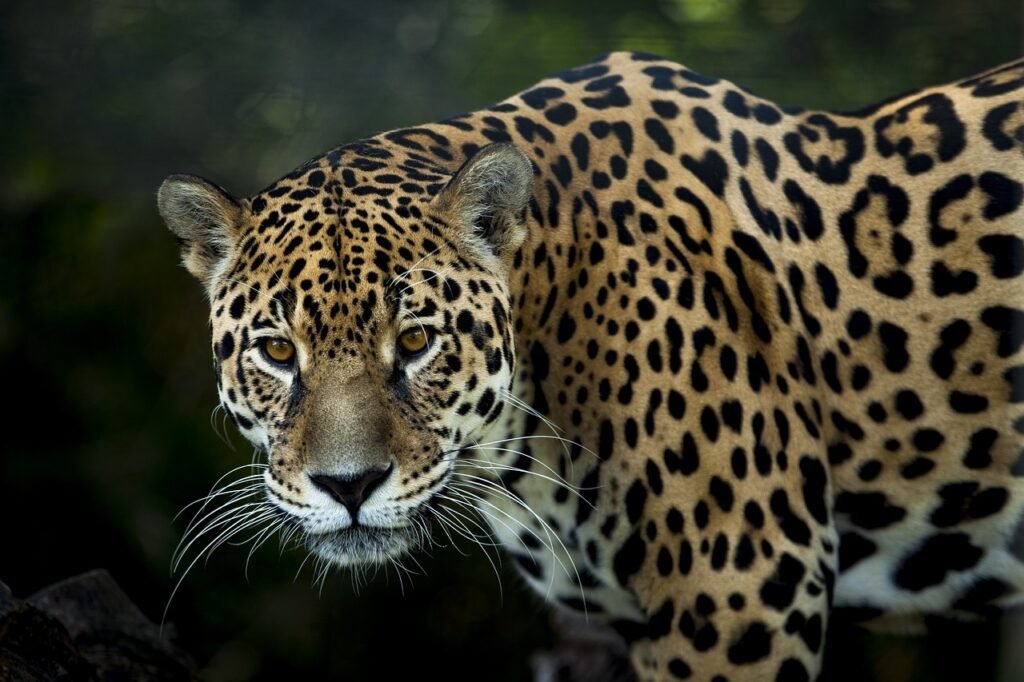
One of the primary ways big cats survive changing environments is through behavioral adaptations. Many big cats, such as leopards and jaguars, have developed nocturnal habits to avoid human contact. Being active at night allows them to hunt and move with greater stealth, reducing the risk of encounters with humans.
Dietary Flexibility
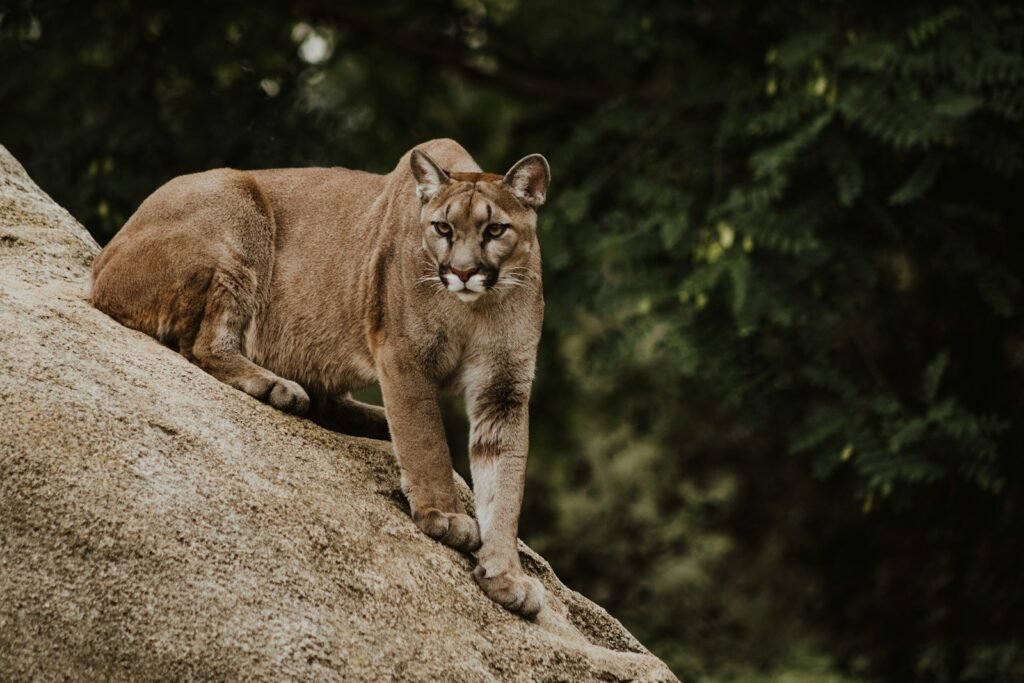
Big cats exhibit a remarkable ability to change their diets based on availability. Some cats, like the cougar, are known generalists—they can feed on over 50 different prey species. This dietary flexibility helps them survive when preferred prey becomes scarce due to environmental changes.
Territorial Shifts
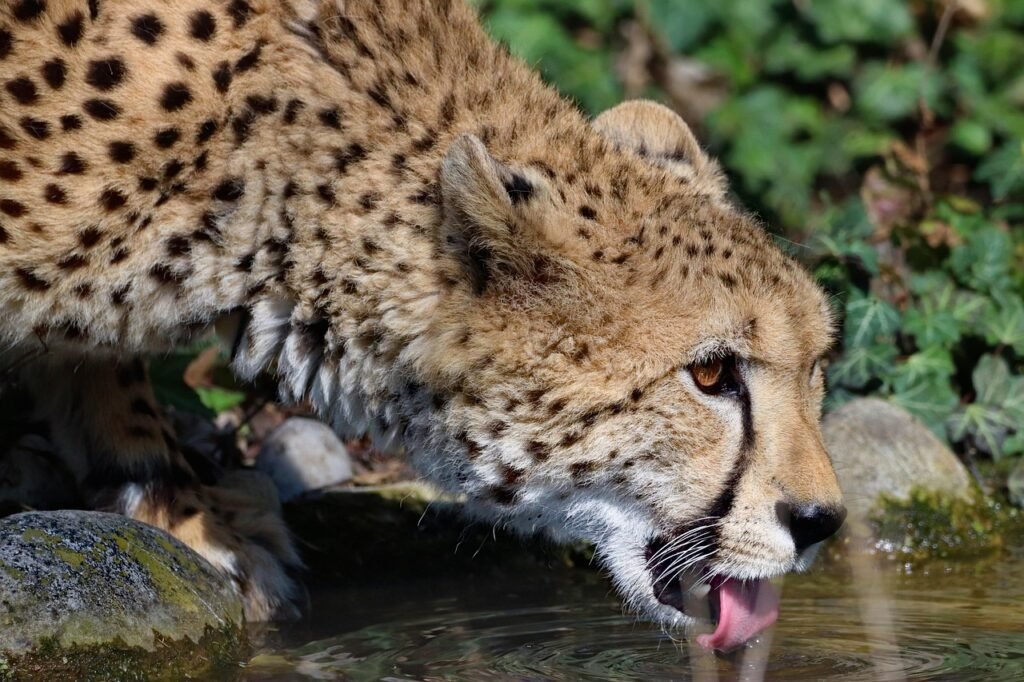
As humans encroach on traditional habitats, big cats have begun adjusting their territories. Many have learned to navigate fragmented landscapes, often crossing roads and human settlements to connect with other forested areas. This adaptability in territory management is crucial for maintaining genetic diversity and finding sufficient resources.
Physical Adaptations
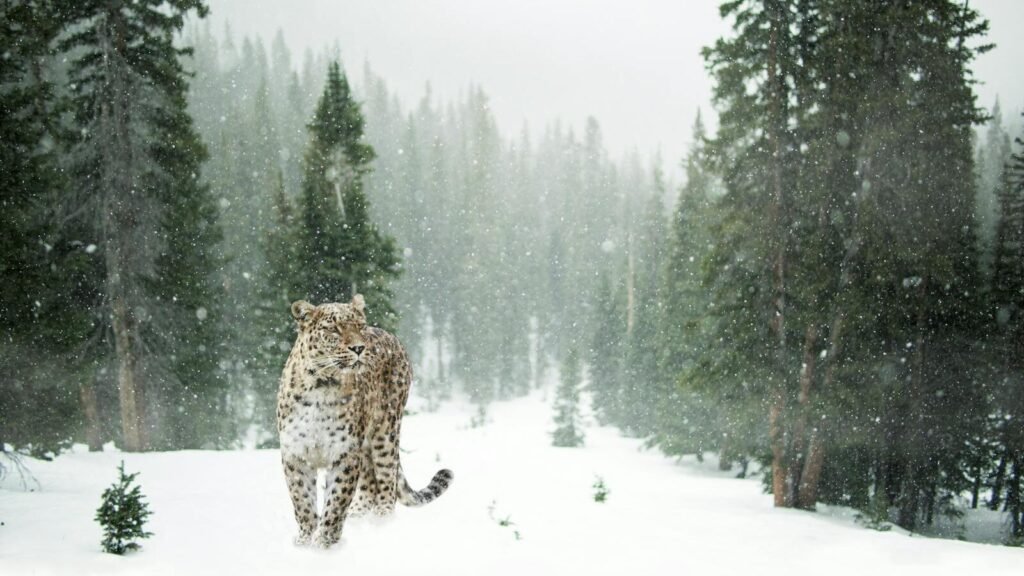
Over time, some big cats have developed unique physical adaptations that help them survive in new environments. For instance, the snow leopard has evolved to have a thick fur coat and wide, fur-covered feet to navigate the cold, snowy landscapes of the Himalayas, while cheetahs have developed a lightweight body and long legs for swift chase in open savannas.
Camouflage and Stealth
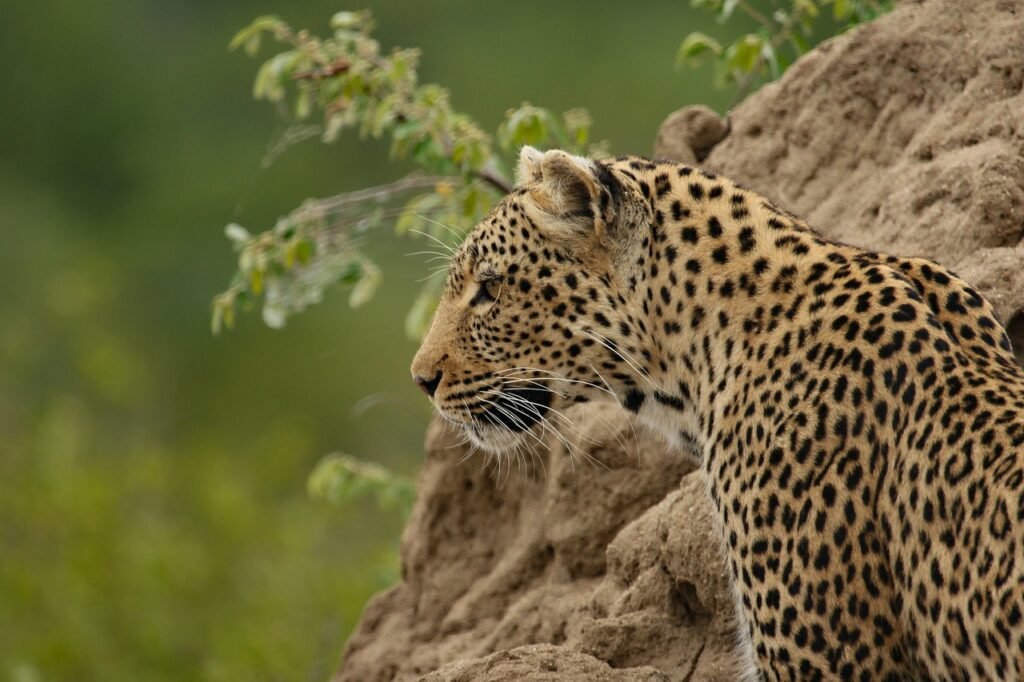
Big cats are masters of camouflage. Tigers, for instance, have stripes that help them blend into the forest underbrush, while the tan coat of a lion allows it to remain hidden in tall grasslands. This adaptation is vital for hunting and avoiding detection by prey and humans.
Reproductive Strategies
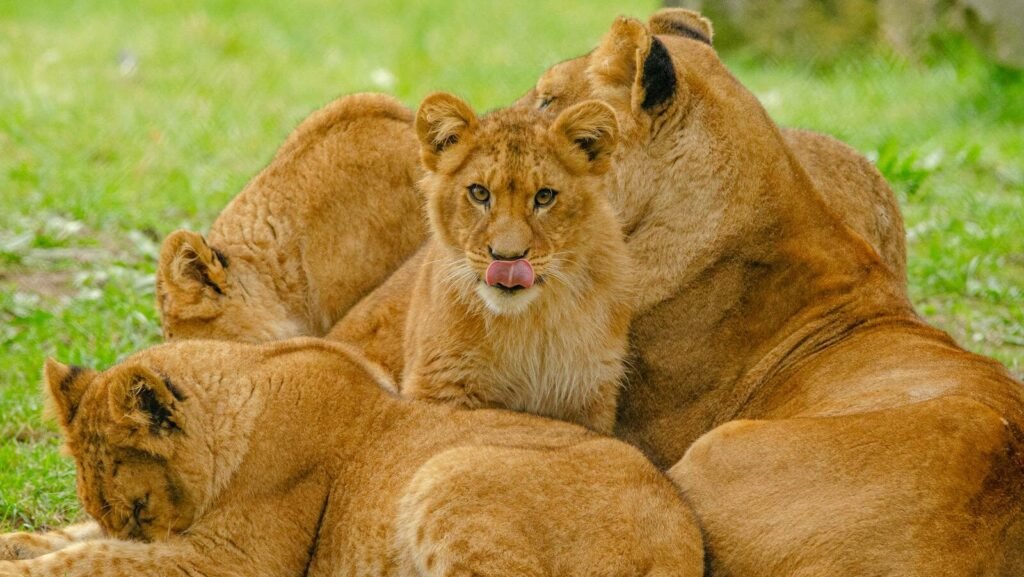
Some big cats have adapted their reproductive strategies to ensure survival. Cheetahs, for example, have high birth rates to counterbalance the high cub mortality rate due to predators and environmental factors. This strategy increases the likelihood that some offspring will survive to adulthood.
Social Structure and Cooperation
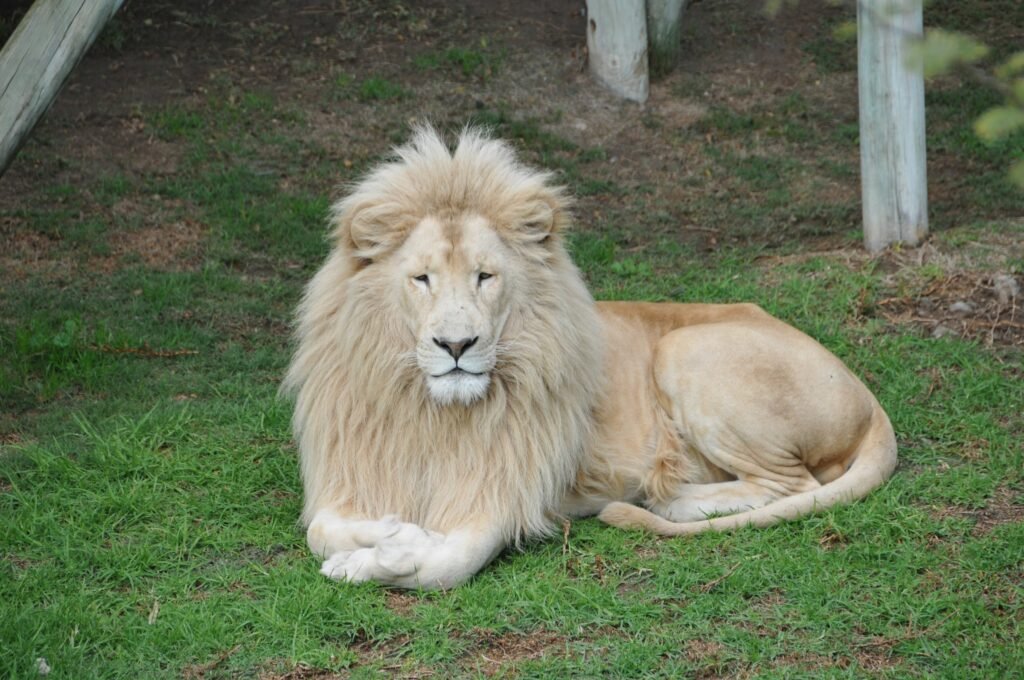
Social structures among big cats can also be a valuable adaptation. For instance, lions, which are the only truly social big cats, form prides. Living in groups allows them to defend their territory more effectively and protect cubs from threats. This cooperation is an essential survival mechanism in changing environments.
Migration Patterns
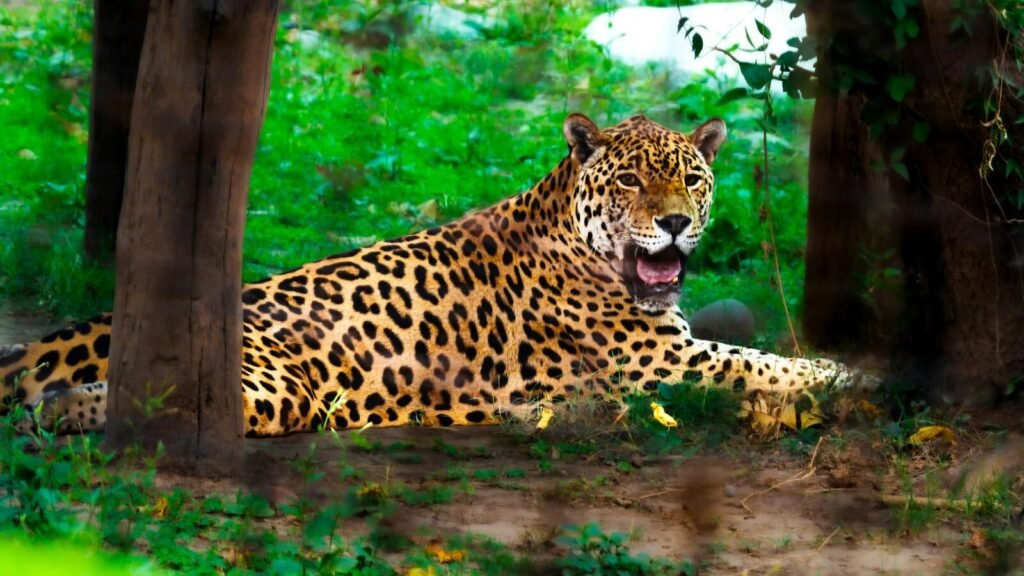
In response to climate change and prey availability, some big cats have begun adjusting their migration patterns. Jaguars in the Americas have been moving into new territories as the Amazon rainforest faces deforestation. This ability to migrate helps them find new habitats with adequate food and water resources.
Conservation-Aided Adaptation
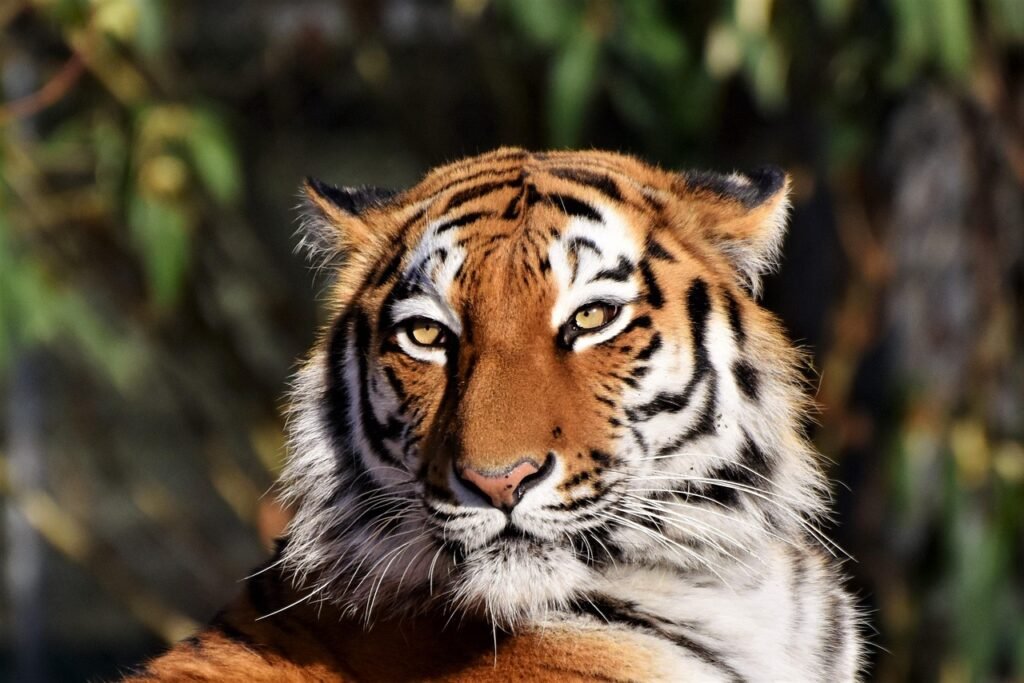
Conservation efforts play a significant role in aiding big cats’ adaptation to changing environments. Wildlife corridors are being developed to connect fragmented habitats, allowing big cats to move freely. Additionally, community-based conservation programs engage local populations, creating harmony between human activities and wildlife preservation.
Conclusion
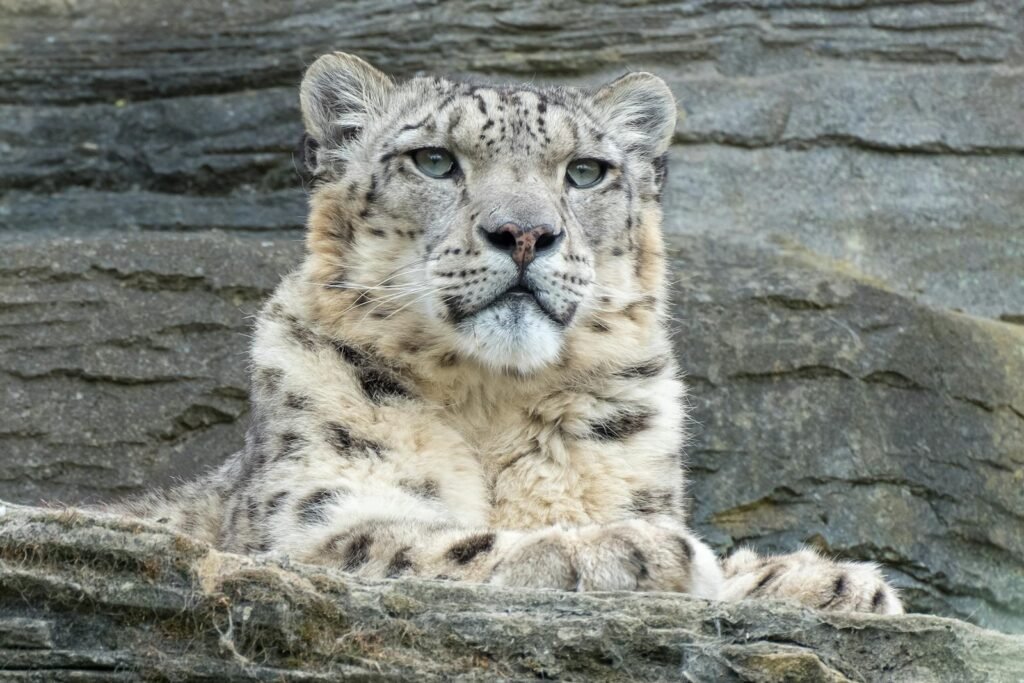
Big cats demonstrate a remarkable capacity to adapt to changing environments. From behavioral shifts to physical and social changes, these strategies ensure their continued survival despite mounting challenges. As humans, our role in supporting conservation efforts can further aid in their adaptation and preserve these magnificent creatures for future generations.

Esther is from India; the heartbeat of South Asia, holding a Master’s degree in Zoology and a postgraduate diploma in Animal Welfare. Her enthusiasm for animal welfare drives her passion and dedication to work for animals, ensuring their well-being and advocating for their rights. With a solid academic background and hands-on experience, she is committed to making a positive impact in the field of animal welfare. In her free time, she enjoys embroidery and sewing. As a Chennaite from Tamil Nadu, Esther loves Bharathanatyam, an Indian classical dance form.






